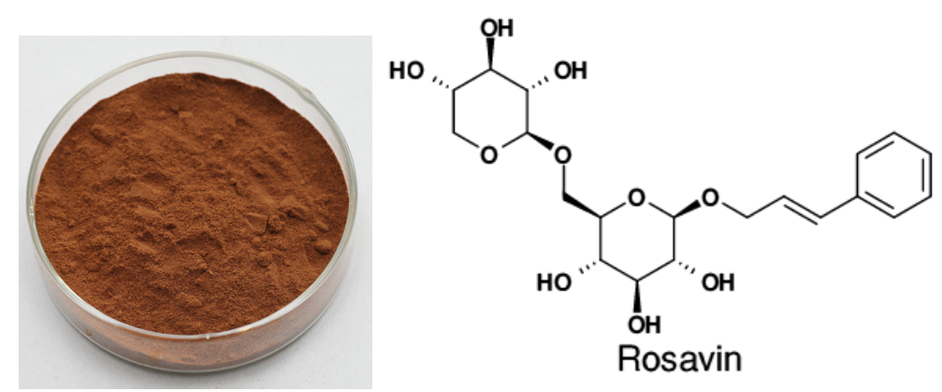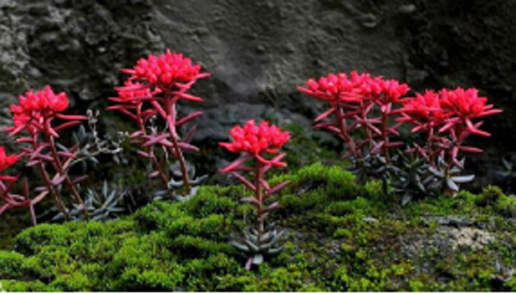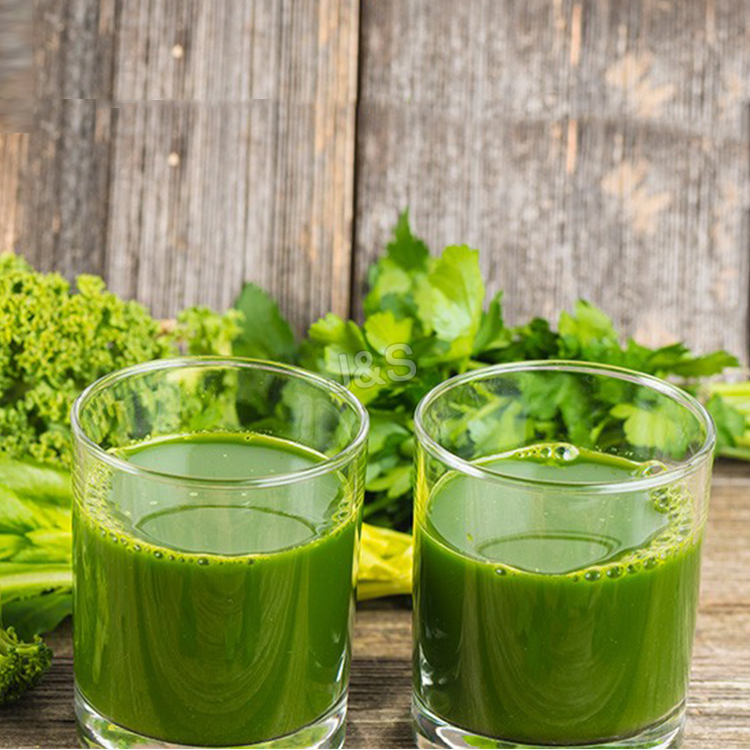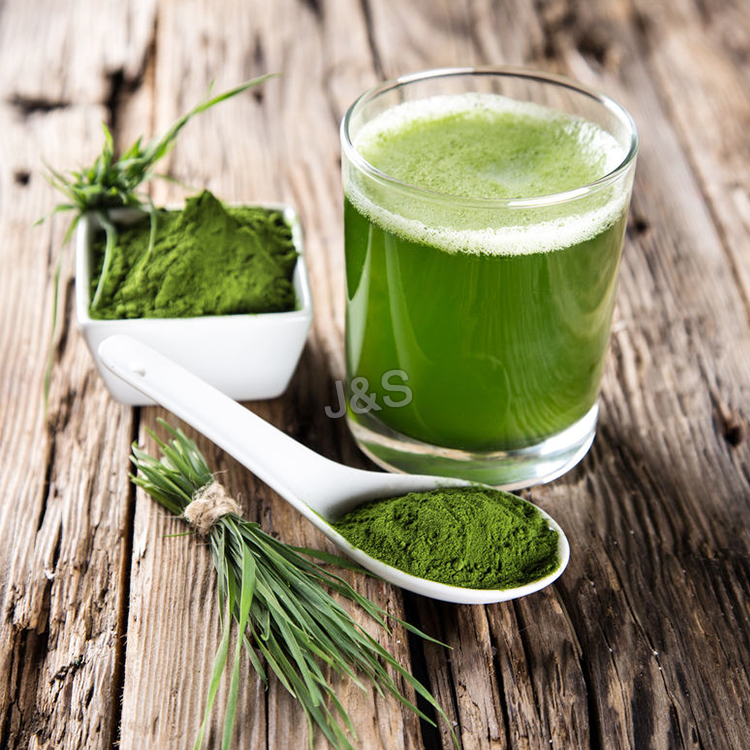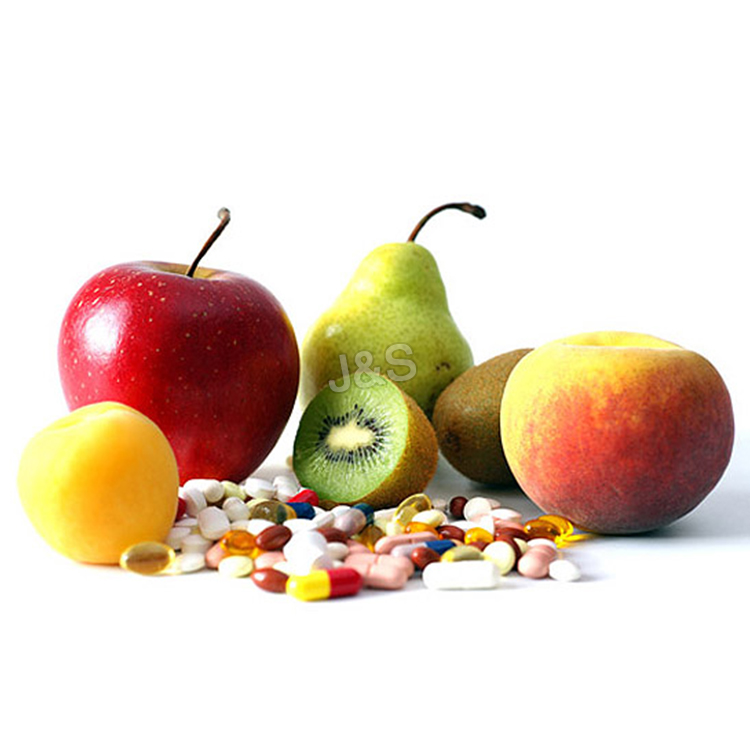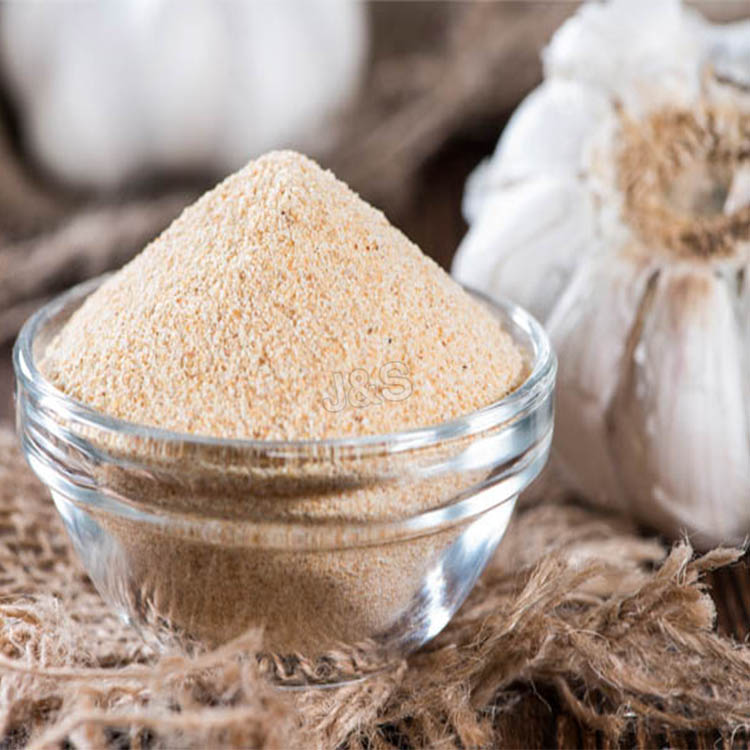Competitive Price for Rhodiola Rosea Extract Wholesale to European
Competitive Price for Rhodiola Rosea Extract Wholesale to European Detail:
[Latin Name] Rhodiola Rosea
[Plant Source] China
[Specifications] Salidrosides:1%-5%
Rosavin:3% HPLC
[Appearance] Brown fine powder
[Plant Part Used] Root
[Particle size] 80 Mesh
[Loss on drying] ≤5.0%
[Heavy Metal] ≤10PPM
[Storage] Store in cool & dry area, keep away from the direct light and heat.
[Package] Packed in paper-drums and two plastic-bags inside.
[What is Rhodiola Rosea]
Rhodiola Rosea (also known as Arctic root or golden root) is a member of the family Crassulaceae, a family of plants native to the arctic regions of Eastern Siberia. Rhodiola rosea is widely distributed in Arctic and mountainous regions throughout Europe and Asia. It grows at altitudes of 11,000 to 18,000 feet above sea level.
There are numerous animal and test tube studies showing that rhodiola has both a stimulating and a sedating effect on the central nervous system; enhance physical endurance; improves thyroid, thymus, and adrenal function; protects the nervous system, heart and liver; and has antioxidant and anticancer properties.
[Function]
1 Enhancing immunity and delaying aging;
2 Resisting radiation and tumor;
3 Regulating nervous system and metabolism, effectively limiting melancholy feeling and mood, and promoting mental status;
4 Protecting cardiovascular, dilating coronary artery,preventing coronary arteriosclerosis and arrhythmia.
Product detail pictures:
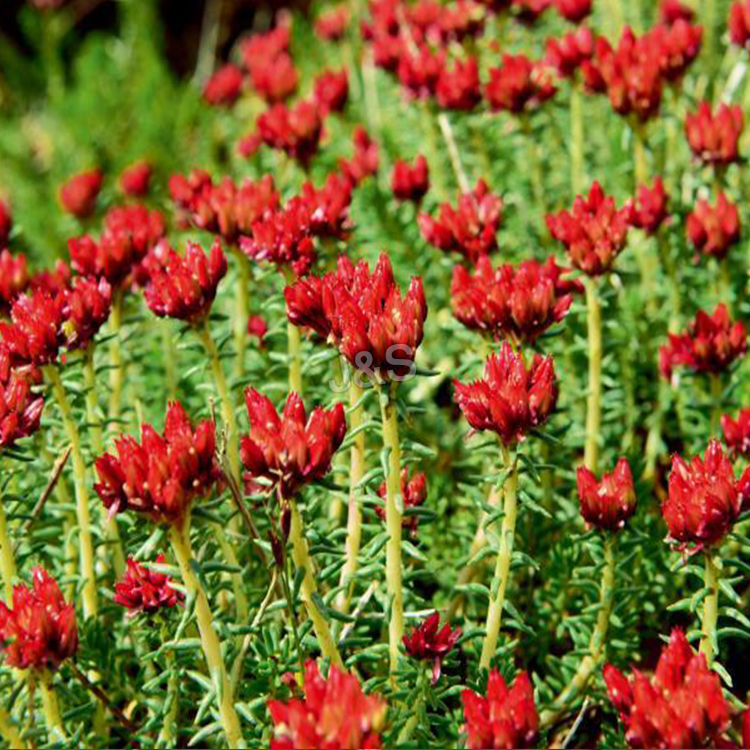
Related Product Guide:
We can constantly satisfy our respected customers with our good high quality, good price tag and good support due to we have been additional specialist and extra hard-working and do it in cost-effective way for Competitive Price for Rhodiola Rosea Extract Wholesale to European , The product will supply to all over the world, such as: Houston, Plymouth, Angola, Our company is continuing to serve customers with high quality, competitive price and timely delivery. We sincerely welcome friends from all over the world to cooperate with us and enlarge our business. If you are interested in our products, please feel free to contact us. We would love to provide you with further information.
Warning: Long, science-heavy video. No funny cats or guys getting hit in the nuts.
Artificial sweeteners, or as they are usually referred to in the literature “non-caloric” sweeteners or “high-intensity” sweeteners, address the problem of sugar calorie excess in our diet. They’ve been demonstrated to support weight loss or maintenance, reduce cavities and can be part of a healthy lifestyle.
Much focus has been on
CSPI report: https://www.cspinet.org/reports/chemcuisine.htm
I disagree with CSPI on about 25% of their rankings, but I appreciate that they take a very conservative stance.
Citations:
Aspartame:
1. Comp Funct Genomics. 2010. In vivo cytogenetic studies on aspartame.
2. Drug Chem Toxicol. 2004 Aug;27(3):257-68. Genotoxicity of aspartame.
3. Am J Ind Med. 2010 Dec;53(12):1197-206. Aspartame administered in feed, beginning prenatally through life span, induces cancers of the liver and lung in male Swiss mice.
4. Toxicol In Vitro. 2011 Feb;25(1):286-93. In vitro effect of aspartame in angiogenesis induction.
Sucralose:
5. Regul Toxicol Pharmacol. 2009 Oct;55(1):1-5. An overview of the safety of sucralose.
6. Regul Toxicol Pharmacol. 2009 Oct;55(1):6-12. Expert panel report on a study of Splenda in male rats.
7. Food Chem Toxicol. 2000;38 Suppl 2:S53-69. Acute and subchronic toxicity of sucralose.
8. Food Chem Toxicol. 2000;38 Suppl 2:S71-89. A combined chronic toxicity/carcinogenicity study of sucralose in Sprague-Dawley rats.
9. Food Chem Toxicol. 2000;38 Suppl 2:S91-7. A carcinogenicity study of sucralose in the CD-1 mouse.
AceK:
10. Horm Metab Res. 1987 Jun;19(6):233-8. The effect of artificial sweetener on insulin secretion. 1. The effect of acesulfame K on insulin secretion in the rat (studies in vivo).
11. Food Chem Toxicol. 1997 Dec;35(12):1177-9. In vivo cytogenetic studies on mice exposed to acesulfame-K–a non-nutritive sweetener.
General reviews:
12. Ann Oncol. 2004 Oct;15(10):1460-5. Artificial sweeteners–do they bear a carcinogenic risk?
13. Yale J Biol Med. 2010 Jun;83(2):101-8. Gain weight by “going diet?” Artificial sweeteners and the neurobiology of sugar cravings
14. Int J Obes Relat Metab Disord. 1996 Mar;20 Suppl 2:S12-7. Effect of sucrose and sweeteners on appetite and energy intake.
15. Am J Clin Nutr. 2009 Jan;89(1):1-14. Nonnutritive sweetener consumption in humans: effects on appetite and food intake and their putative mechanisms.
16. Physiol Behav. 2010 Apr 26;100(1):55-62. High-intensity sweeteners and energy balance.
17. Physiol Behav. 2009 Dec 7;98(5):618-24. Effect of moderate intake of sweeteners on metabolic health in the rat.
18. Food Addit Contam. 2006 Apr;23(4):327-38. The intake of intense sweeteners – an update review.
https://LanieP.ludaxx.com/f21
What is F21?
F21 has been specifically formulated as an All Natural Sugar Blocker™ to help limit your blood sugar absorption. For every gram of F21 you can block up to 20 grams of sugar (sucrose). Additionally, our patent pending formula not only helps promote weight loss, it benefits the digestive system by allowing the blocked sucrose to support beneficial probiotic bacteria while the polysaccharide (PSK) boosts your immune system response.
F21 Ingredients:
L-Arabinose, Coriolus Versicolor Polysacchride, Konjac-Mannan, Magnesium Stearate
Mint flavor: Menthol and Natural Colors.
Good quality, reasonable prices, rich variety and perfect after-sales service, it's nice!
